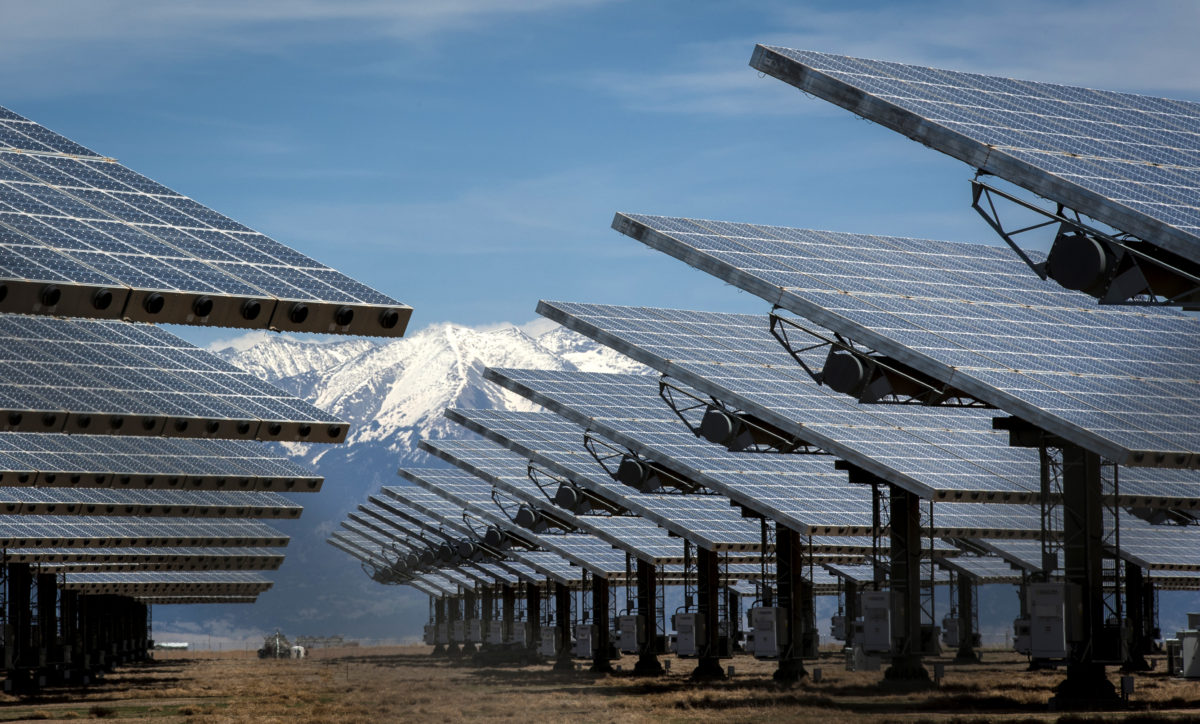The vast majority of PV systems in the U.S. perform within 10% of their predicted output level according to the National Renewable Energy Laboratory (NREL), which examined performance data from 100,000 PV installations to arrive at the conclusion.
Researchers were trying to establish whether an economic stimulus package introduced as one of the first acts of the Obama administration had inadvertently inventivized quality issues in solar projects. The American Recovery and Reinvestment Act of 2009 (ARRA) incentivized clean energy investment rather than directly rewarding power output.
The results of the NREL analysis have been published in the paper PV field reliability status—Analysis of 100 000 solar systems, published in Progress in Photovoltaics.
The datasets generated from the 100,000 systems equated to 7 GW of generation capacity – 7% of the installed solar capacity of the U.S. at the time of the study. At least five years’ worth of output data was considered, along with technical specifications such as mounting configurations – floating, tracker etc – and inverter loading ratios.
Module reliability
The researchers found around 80-90% of the systems studied generated output within a 10% margin of their predicted production levels or better. Some 56% of installations performed within their ‘P50 expectation’ – a statistical measure that indicates a 50% chance projects will generate more than a specified output figure. On the flip side, however, 7,000 of the systems studied performed below their P90 expectation.
The NREL team also discovered there was only a 0.02-0.2% chance of module problems occurring in the datasets studied. By contrast, inverter issues cropped up with a regularity of 4-6%.
Meters were also flagged as potentially problematic, thanks to issues ranging from communication problems and precise data logging to complete failures. Although data collection problems could be addressed without full replacement of meters, that step was necessary in three-quarters of the cases of meter failure observed. Overall, hardware issues affected 9% of the systems studied over the five-year period.
The research revealed close monitoring and proactive maintenance measures could mitigate the biggest power losses caused by system failures.
The NREL team found residential systems were more reliable than utility scale and commercial and industrial (C&I) systems. However, when problems did occur, residential arrays suffered relatively bigger power losses because monitoring systems on more extensive projects pick up problems earlier and operations and maintenance (O&M) services were much more streamlined. For instance, inverter issues at utility scale plants were resolved, on average, within six days. The same problem in C&I systems required an average 20 days to address and the figure rose to almost 40 days for residential rooftops.
Proactive
The authors claim an advantage for proactive O&M in terms of cost savings. The reason for this is that it is reportedly cheaper to replace a component such as connectors after the end of their scheduled service life than it was to do so after a failure.
The researchers also observed a significant number of issues associated with breakers, fuses and wiring which occurred within the first year of installation and concluded they arose out of poor installation practices from less experienced installers. The datasets showed installers which had deployed a larger volume of arrays were less likely to be the cause of such problems.
Breaker, fuses and wires were found to be among the high-risk parts in the PV systems studied. For breakers, NREL wrote, that was likely to be because price pressure on installation costs lead to the procurement of non-conforming equipment. Breakers are also the most counterfeited electrical component on the U.S. market. Wires and fuses, meanwhile, are routinely undersized for the same cost-cutting reasons.
For that reason, the NREL researchers stressed, fuse and wire issues could pass from being merely performance problems to becoming a safety concern.
This content is protected by copyright and may not be reused. If you want to cooperate with us and would like to reuse some of our content, please contact: editors@pv-magazine.com.




By submitting this form you agree to pv magazine using your data for the purposes of publishing your comment.
Your personal data will only be disclosed or otherwise transmitted to third parties for the purposes of spam filtering or if this is necessary for technical maintenance of the website. Any other transfer to third parties will not take place unless this is justified on the basis of applicable data protection regulations or if pv magazine is legally obliged to do so.
You may revoke this consent at any time with effect for the future, in which case your personal data will be deleted immediately. Otherwise, your data will be deleted if pv magazine has processed your request or the purpose of data storage is fulfilled.
Further information on data privacy can be found in our Data Protection Policy.